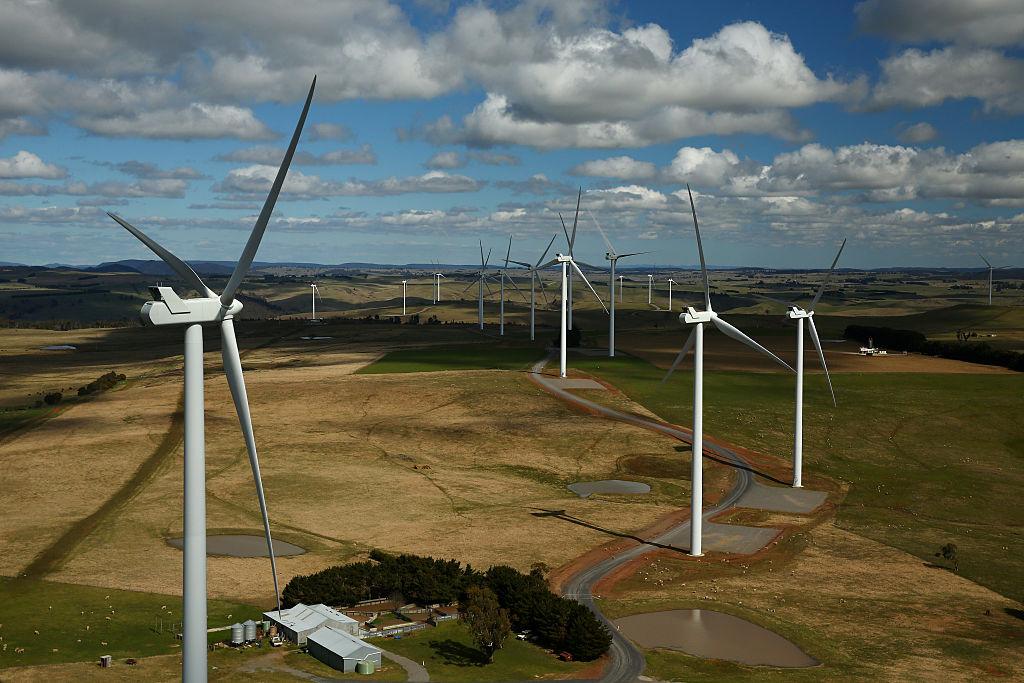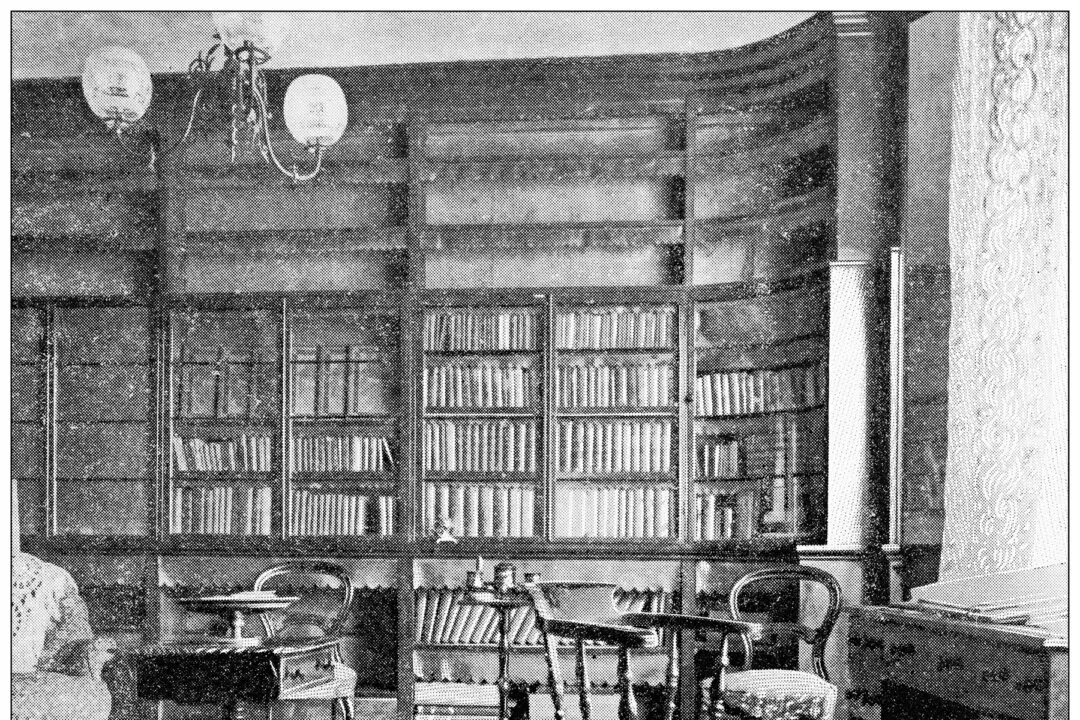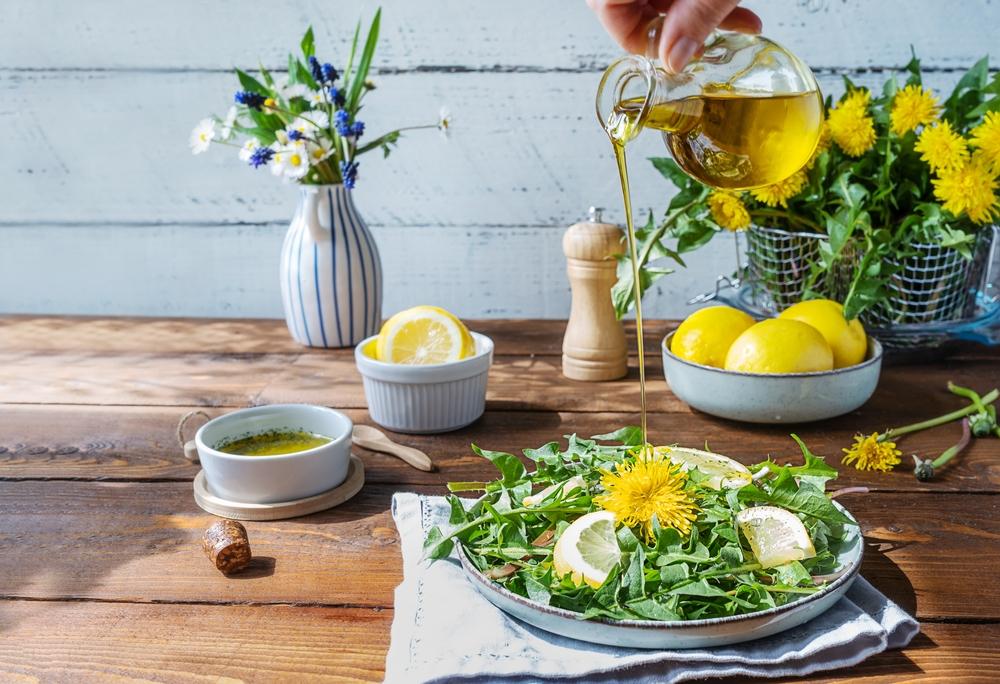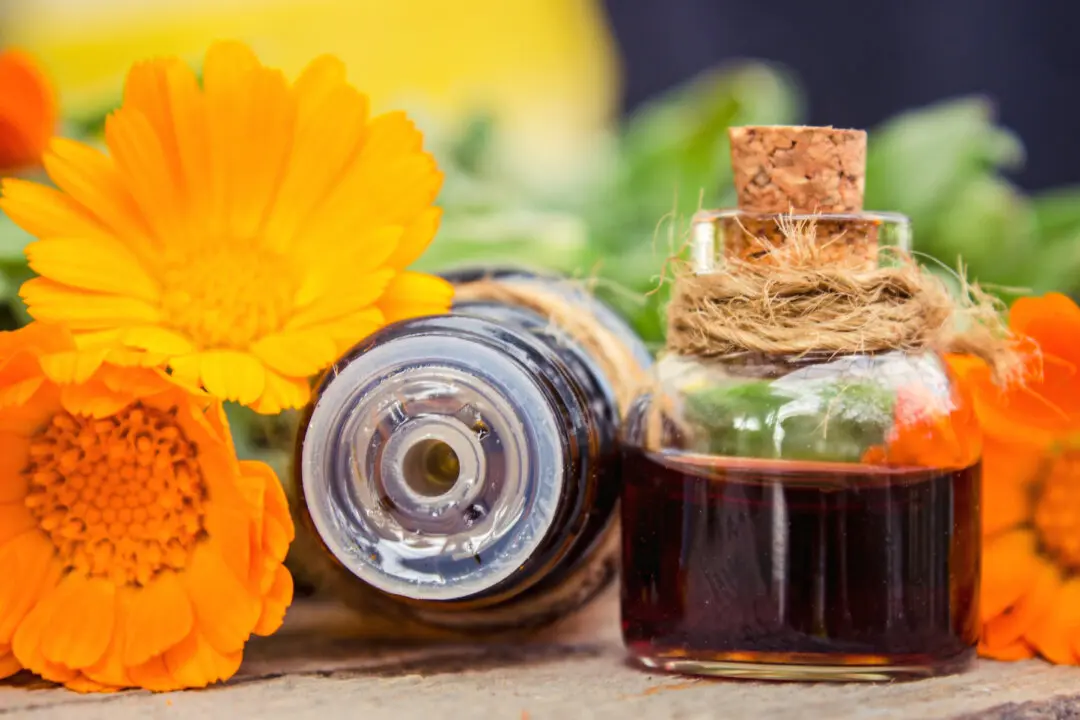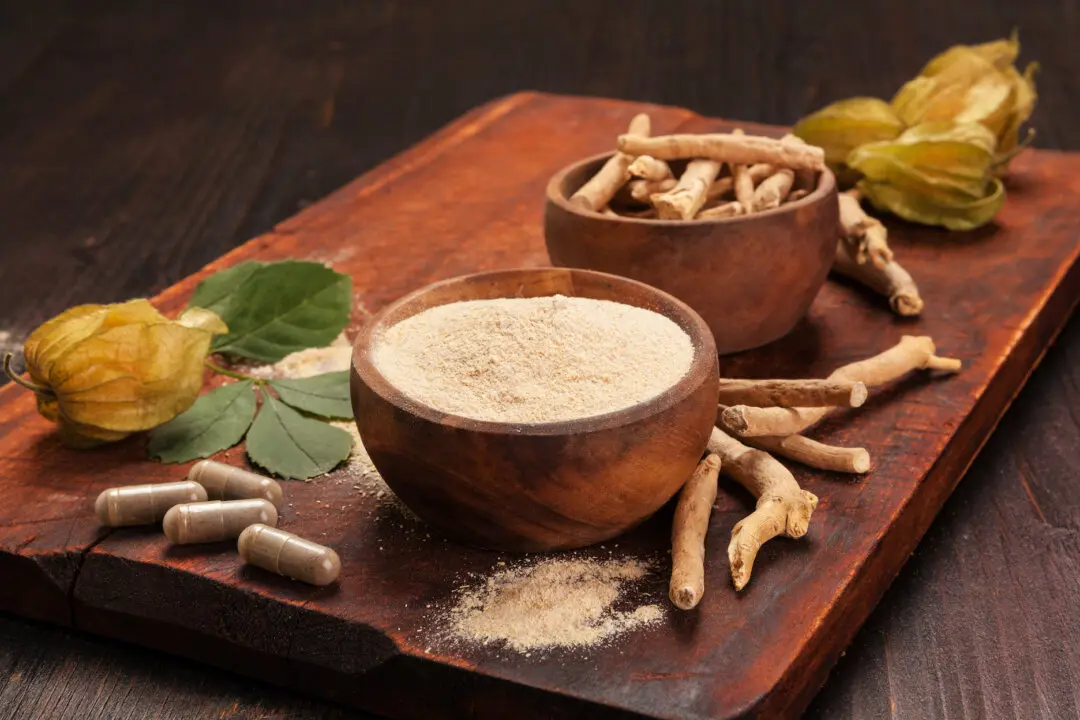Commentary
During a 2GB radio interview discussing Queensland’s Clarke Creek wind farm project, Nationals MP Keith Pitt said that the environmental controls for the project outlined how to get rid of any small animals injured by wind turbines, and that was by euthanising them with a “sharp blow with a hammer to the skull.”
